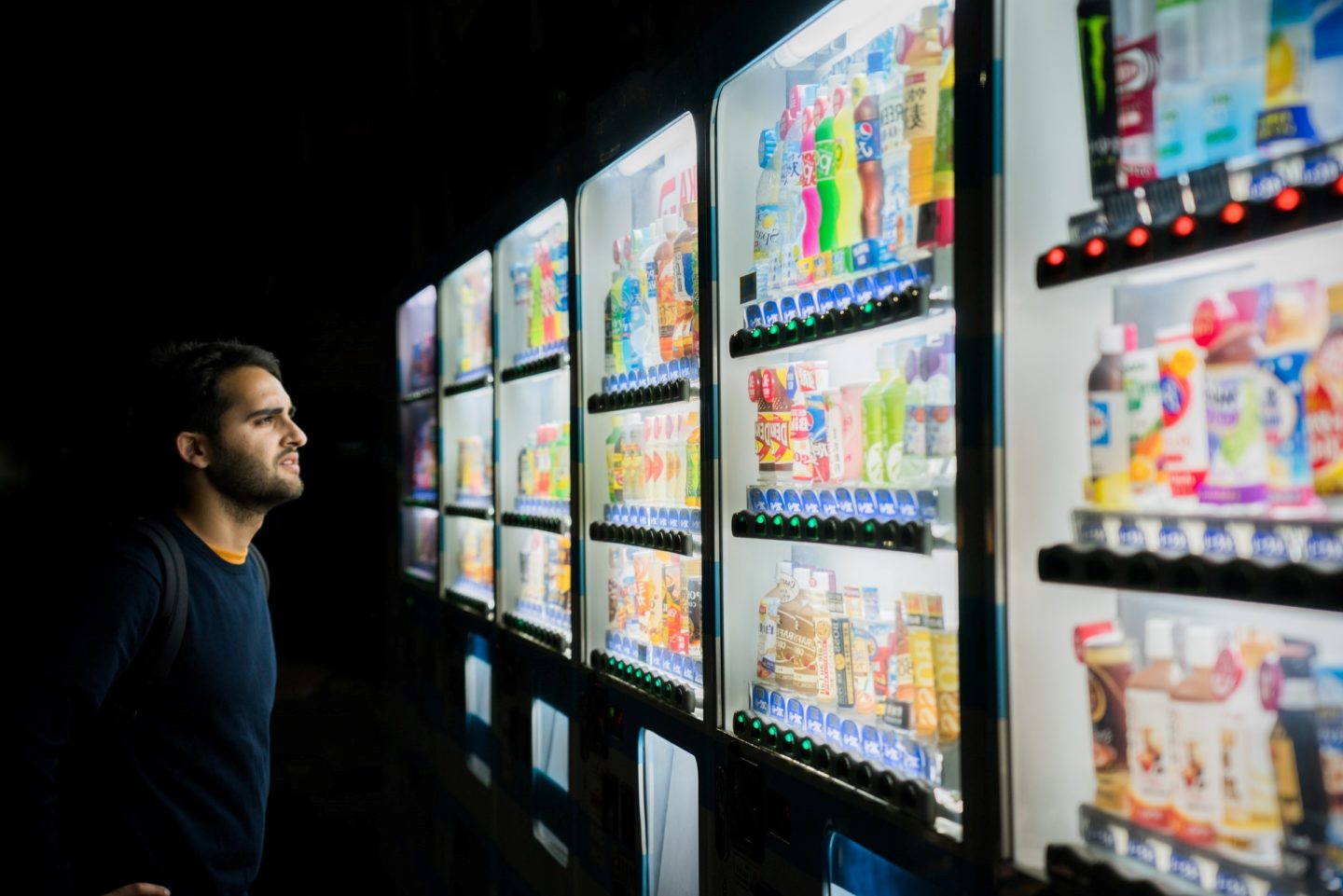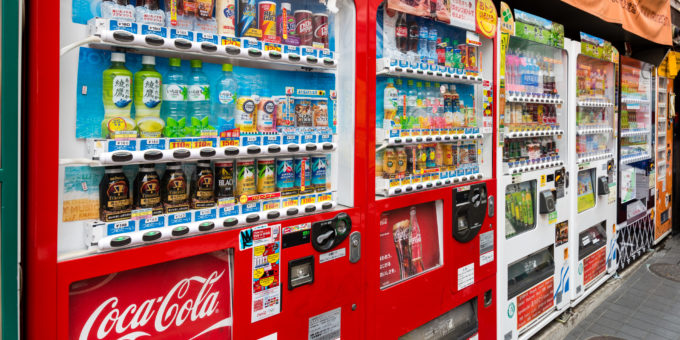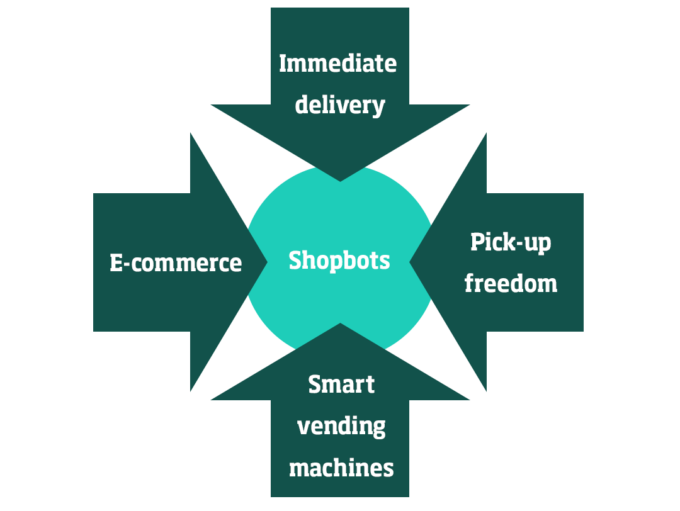Chinese innovation
China is another hotspot for vending-machine innovation. E-commerce giant JD.com has rolled out AI-supporting machines developed by its logistics innovation lab, JD-X, with QR codes used to release grocery items from machines and charge a buyer’s digital wallet. Shanghai-based DeepBlue links the readers to an e-wallet that allows customers to buy goods by inputting a few digits then presenting their palm to a scanner.
Beijing Kuo’an Science and Technology now offers machines that can automatically weigh and calculate the price for all purchases. As shown by the US’s Chowbotics, recently acquired by food-delivery platform DoorDash, robotics can take such machines to the next level with machines that can make salads on the spot.
But the most successful business so far is China Pop Mart, started in 2011 by entrepreneur Wang Ning, which sells “mystery” dolls and figurines packed in sealed boxes through a chain of vending machine “roboshops”. As the dolls’ popularity took off, Wang also took his business online, offering the dolls through Alibaba’s Tmall e-commerce website, and secured licensing deals with Walt Disney and Universal Studios. At the end of 2020, he raised US$675 million through a Hong Kong listing that valued his company at US$14 billion.
What lessons can we draw from vending machines’ evolution? Retailing’s landscape is undergoing dramatic change. But just as the radio did not disappear with the advent of television, the vending machine is unlikely to vanish because of the rise of e-commerce.
Recent technological enhancements have cut the machines’ logistics and other operational costs, raised the quality of experience for their users and broadened their relevance for omni-channel strategies. Rising incomes and consumption point to a future with more impulse sales. Higher labor costs are putting brands and retailers are under increasing pressure to automate selling and delivery.
Smart vending machines also create paths for other traditional channels. From door-to-door direct sales to brick-and-mortar stores, automated retail solutions will draw on the new technologies, logistics solutions and data tools that are now broadening the appeal of vending machines for both consumers and retailers. Standing at the convergence point of convenience, digitalization and automation, the machines look certain to hold their position for many years to come.







